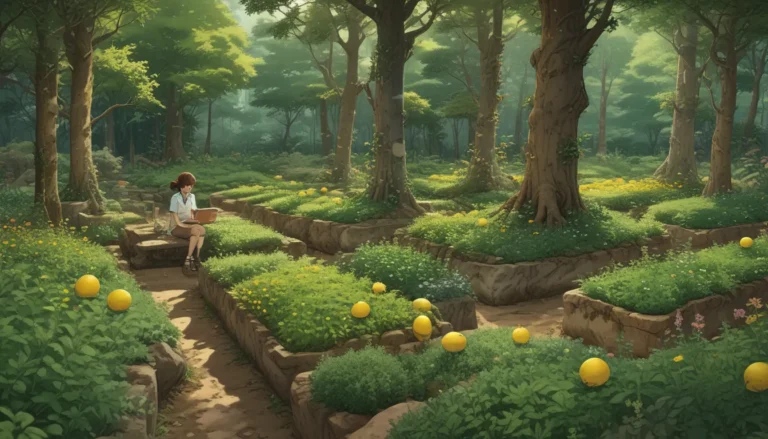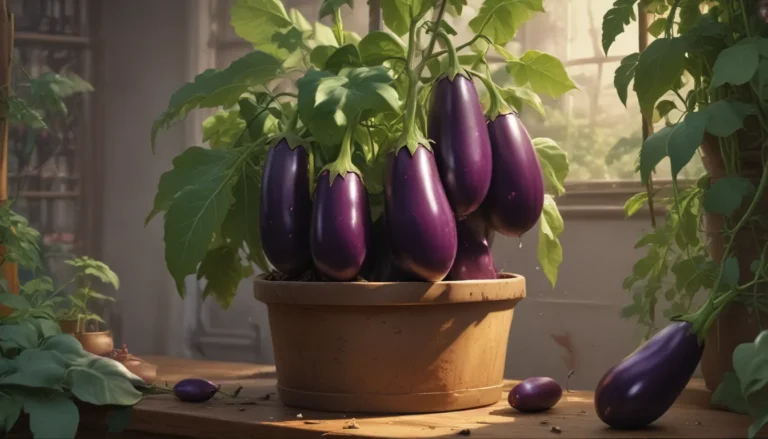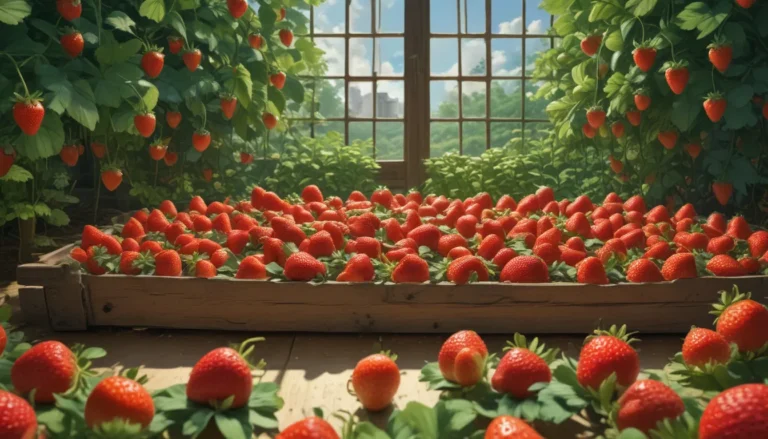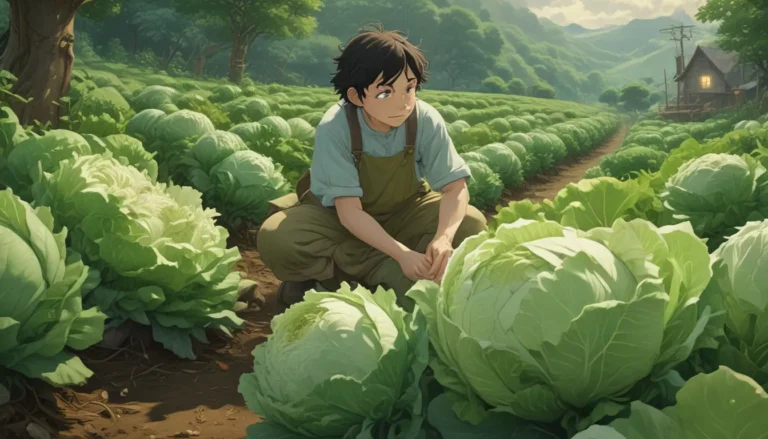Comprehensive Guide to Growing and Caring for Bleeding Heart Flowers

If you’re a fan of garden plants, Lamprocapnos spectabilis, known as bleeding hearts, is sure to catch your eye. These iconic plants with heart-shaped flowers are a must-have in any garden. Here, we will delve into the world of bleeding hearts, exploring their origins, how to grow and care for them, and much more.
A Closer Look at Bleeding Hearts
Bleeding hearts, also known as “old fashioned bleeding hearts,” are herbaceous perennials belonging to the poppy family, Papaveraceae. Their soft, fern-like foliage and distinctive heart-shaped, droplet-adorned flowers make them a favorite among gardeners. These plants bloom in mid-to-late spring to early summer and thrive in USDA Hardiness Zones 3 to 9. While they are relatively easy to care for, their short blooming season requires some planning to fill the gap they leave behind once they finish flowering.
Formerly classified as Dicentra spectabilis, DNA testing revealed that these plants are more closely related to other Lamprocapnos species. Despite the name change, bleeding hearts remain a beloved addition to gardens worldwide.
Cultivation and History
Originating from Asia, bleeding hearts found their way into Western gardens in the mid-nineteenth century. While not invasive in the United States or Europe, these plants require minimal maintenance and add a touch of elegance to any garden setting.
Bleeding Heart Plant Propagation
From Seed
While growing bleeding hearts from seeds is possible, it is not usually recommended due to transplanting challenges and low germination rates. Cold stratification and careful attention to watering are essential for successful seed germination.
From Division or Transplants
The easiest way to propagate bleeding hearts is through root division or transplanting live plants. Their rhizomatous roots make division a simple and successful process. For best results, transplant in either fall or spring and ensure adequate watering and soil quality.
How to Grow Bleeding Heart Flowers
One of the highlights of growing bleeding hearts is their simplicity. These shade-loving plants thrive in well-draining, moist, and organically rich soil. Adequate shade, consistent moisture levels, and proper companions like ferns and hellebores are essential for their healthy growth.
Growing Tips
- Keep soil moisture levels consistent to prevent drying out.
- Plant bleeding hearts in shaded areas with moist, rich soil.
- Consider container gardening for these lovely plants.
- Troubleshoot non-flowering bleeding hearts with appropriate care.
- Choose companion plants that thrive alongside these perennials.
Pruning and Maintenance
Beyond ensuring adequate shade and moisture levels, pruning these plants after flowering is essential. While the timing of pruning can vary, cutting back the foliage is necessary to maintain plant health and appearance.
Bleeding Heart Cultivars to Select
From the classic old fashioned variety to unique cultivars like ‘Alba,’ ‘Gold Heart,’ and ‘Valentine,’ bleeding hearts offer a range of options for gardeners. Each cultivar brings its own color, texture, and charm to the garden, making them a versatile choice for landscapes.
Managing Pests and Disease
While bleeding hearts are generally resistant to pests and diseases, occasional issues like aphids and wilt diseases may arise. Proper monitoring and timely action can help manage these challenges effectively.
Best Uses for Bleeding Heart Plants
Whether scattered around a garden or planted as mass groupings, bleeding hearts offer a subtle yet striking presence in any landscape. From filling gaps in shaded areas to complementing other plants, these perennials are a versatile addition to any garden design.
Quick Reference Growing Guide
- Plant Type: Herbaceous perennial
- Flower/Foliage Color: Pink, red, white; green, yellow-gold
- Native to: Siberia, China, Korea, Japan
- Hardiness (USDA Zone): 3-9
- Tolerance: Shade, deer, most pests
- Season: Spring and early summer
- Water Needs: Moist but not soggy
- Exposure: Shade to part sun
- Soil Type: Average
- Time to Maturity: 60 days
- Soil pH: 7.0 (neutral)
- Spacing: 12-24 inches
- Growth Rate: Moderate
Be Still, My Bleeding Heart
In conclusion, bleeding hearts are a timeless addition to any garden, offering beauty, elegance, and ease of care. By following these tips and guidelines, you can cultivate thriving bleeding heart plants that will enhance the charm of your outdoor space. So go ahead, plant some bleeding hearts, watch them bloom, and share your experiences with us! Happy gardening!





